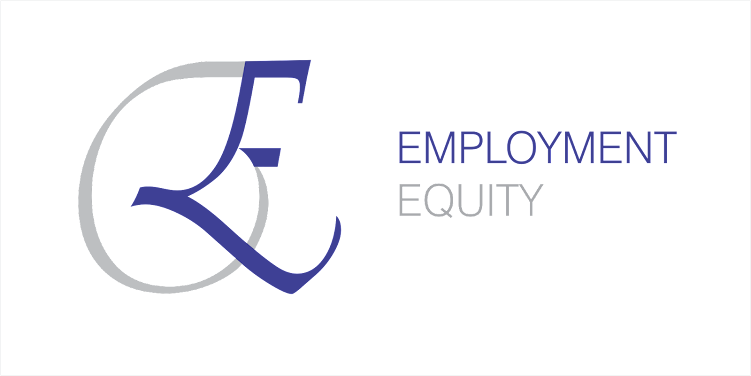In South Africa, the Employment Equity Act makes it compulsory for certain employers to promote employment equity within their organisations. As defined by the Act, these designated employers' are required to implement affirmative action measures to redress the disadvantages experienced by designated groups in the past.
A 'designated employer' is an employer who employs 50 or more employees, an employer who employs fewer than 50 employees but has a total annual turnover that is equal to or above the applicable annual turnover of a small business in terms of Schedule 4 to the Act, a municipality, or an organ of the state.
For instance, let's consider a hypothetical company, 'ACME', which employs 60 people. As a designated employer, ACME would be legally required to develop and implement an Employment Equity Plan, setting out specific goals and strategies for promoting employment equity within the company.
This would include measures to eliminate unfair discrimination and ensure the equitable representation of people from designated groups in all levels of the workforce.
